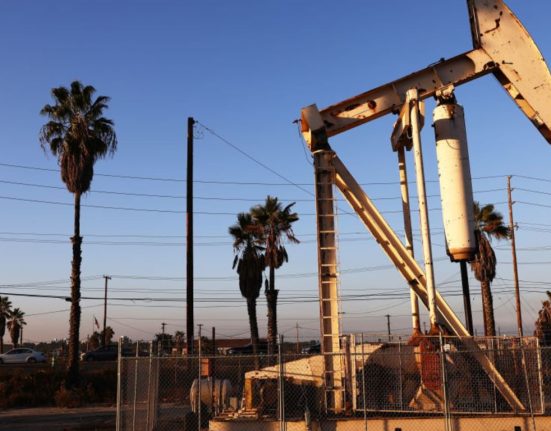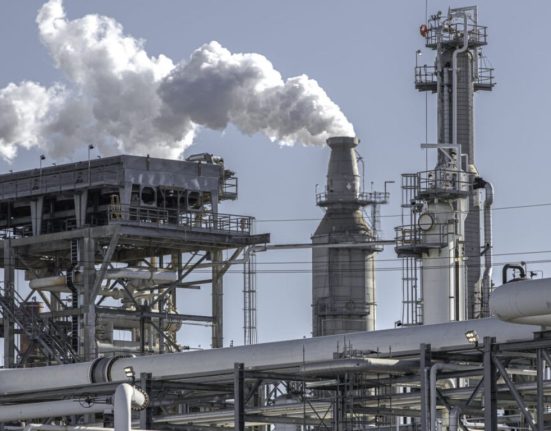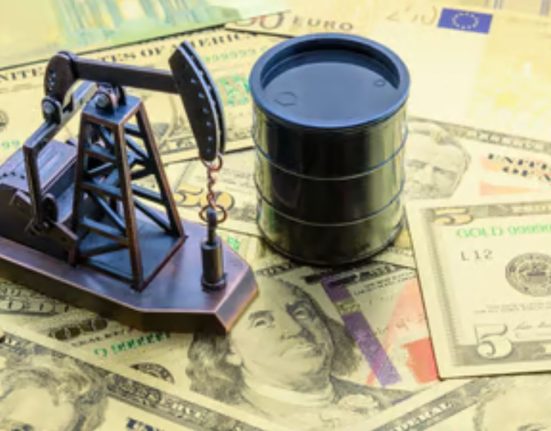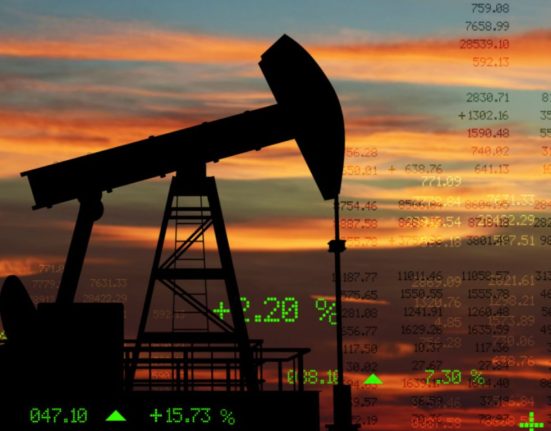Oil prices rose for the third consecutive day on February 8th, 2023, despite data showing a seventh consecutive increase in weekly crude stockpiles. The Weekly Petroleum Status Report released by the Energy Information Administration (EIA) showed substantial increases in gasoline and distillate inventories as well. The rise in gasoline stockpiles raised questions about demand, as the warmer-than-usual winter weather should have seen more people driving. The increase in distillates also went against the norm, as demand for heating oil would be stronger now if it weren’t for the warm winter.
Despite these bearish market indicators, oil prices rose by more than 1% due to anticipation of increased demand from China, the largest crude importer in the world, as the country lifted COVID-related restrictions. Oil bulls also ignored news of Turkey resuming crude oil flows to the Ceyhan export terminal in the Mediterranean after two earthquakes in the region.
The only factor supporting oil and other commodities was the weakening of the US dollar, which experienced a modest drop. The dollar has been trying to gain stability since Federal Reserve Chair Jerome Powell said the Fed wanted to give disinflation a chance to work instead of relying on higher interest rates. However, New York Fed President John Williams’ statement that US interest rates need to stay high for a few years to bring inflation down gave the dollar a boost.
West Texas Intermediate (WTI) crude for March delivery settled at $78.47 per barrel, an increase of 1.7%, while Brent crude for March delivery settled at $85.09 per barrel, a 1.7% increase. The two benchmarks had risen by over 5% in the past two sessions after falling by 7.5% last week due to recession fears and uncertainty about US interest rates.
Despite the rise in oil prices, analysts remained cautious, with John Kildiuff, a founding partner at New York energy hedge fund Again Capital, commenting, “I know everyone has their bias in oil, but it’s interesting to see the longs trying to drive this thing up on a day when the EIA data has come completely at odds to the bullish projections made on oil. And for what it’s worth, we haven’t got commensurate Chinese data yet for the rally we’ve had this week.”
Chinese crude imports were assessed at 10.98 million barrels per day in January, down from 11.37 million barrels per day in December and 11.42 million barrels per day in November. The decline was partly due to the week-long Lunar New Year holiday. Despite a sharp increase in traffic in China’s largest cities following the holiday, Chinese oil traders were relatively absent from the market, affecting futures volumes.
The EIA reported a total crude build of nearly 37 million barrels over the past seven weeks, leading to crude stockpiles reaching their highest level since June 2021. Crude output rose by 100,000 barrels per day to reach 12.3 million barrels per day, the highest output since April 2020. Crude exports, on the other hand, dropped 17% to 2.9 million barrels per day. The EIA also reported a 5 million barrel increase in gasoline inventory and a 2.423 million barrel increase in crude oil stockpiles.
Conclusion
Overall, while oil prices rose despite bearish market indicators, analysts remained cautious and cautious until they see more data supporting the rally.










